The Thomas E. White Affair – The Documents
The Thomas E. White Affair – The Documents
A Scoop Exclusive
By Jason Leopold & Scoop Editor Alastair Thompson
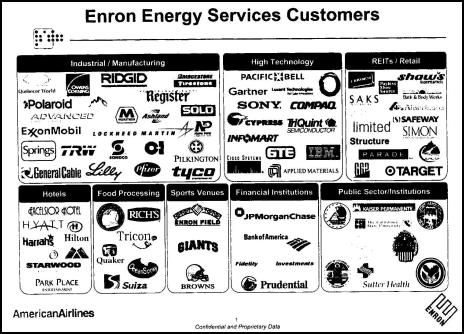
The Enron Energy Services Customer List
CLICK FOR FULL SIZE DOCUMENT SCAN
SCOOP EDITOR’S INTRODUCTION
*******************
The following are the source documents (emails, charts and spreadsheets from Enron Energy Services) which were used by freelance journalist Jason Leopold for his expose about U.S. Army Secretary Thomas E. White’s direct involvement in crooked accounting deals at the energy giant.
These documents were used to authenticate the allegations in the article “US Army Secretary Helped Cook Enron's Books” on Salon.com. This article was later spiked by Salon’s editors in controversial circumstances described in detail in… “Jason Leopold – Shafted By The New York Times”.
In the following article and accompanying linked documents readers are being provided an unusual opportunity to look into the working documents which are poured over by investigative journalists when working on their scoops.
These confidential Enron documents are revealed publicly here for the first time as evidence that the central allegations in the Salon.com article remain as valid today as they were on the day they were first made.
It is hoped that through publishing these documents other investigative journalists will be empowered to pick up on this story, and complete the work of exposing the U.S. Army Secretary’s direct involvement in the crooked accounting deals of Enron that cost U.S. shareholders and Enron employees billions of dollars.
At a time when Enron executives were publicly assuring employees and stock holders that their investments and pensions were safe- from June 2001 through to February 2002 - Thomas White was one of many Enron executives who was busy cashing in his own investments.
A Graph at The Memory Hole (link) details these sales. In all White received $12.1 million from his sales of Enron stock over this period.
In coming months U.S. Army Secretary Thomas White will be responsible for supporting an expected 130,000 U.S. troops deployed in the Gulf in preparation for a war against Iraq. Meanwhile he has also recently announced his intention to supervise the massive privatisation of 214,000 army jobs.
Is he a suitable person to be responsible for either task?
It is Scoop’s contention that the following documents prove that he is not.
- Alastair Thompson, Scoop Editor
THE DOCUMENTS
*******************
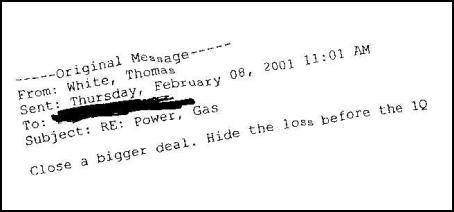
CLICK IMAGE FOR FULL DOCUMENT SCAN
This document contains the two emails that were at the center of the controversy over the spiked Salon article. As you can see the second email on this page is from an Enron Energy Services (EES) executive and was sent to Thomas White in February.
It was sent to me by the person who wrote the email and who worked on the Eli Lilly deal detailed in documents below. I authenticated the email by speaking with the names of the executives named in the Lilly and Quaker contract. They all confirmed that this email was passed around EES after White sent his response to the EES executive. The employees said at this point it became apparent that EES was collapsing.
The authenticity of this email was also confirmed from its source by the New York Times’ Paul Krugman in defence of his column on the subject. Interestingly even Thomas White himself has not actually denied the authenticity of the email, rather he has said through a spokesman, and via a letter to the editor that he “cannot recall” writing anything “close” to the text contained in the email.”
- Jason Leopold 11/5/2002
Explanation Of Eli Lilly, Owens Corning And Quaker Oats Documents
The sets documents linked show how Enron Energy Services, under Thomas White's leadership, inflated the value of energy contracts it signed with Eli Lilly, Owens Corning and Quaker Oats.
When viewing them, look at the total contract value, the mark-to-market value and ultimately what the press release EES released says.
You will see that the actual value of these contracts differed markedly from that reported in the press releases Enron Energy Services issued to the public.
In addition, investors were not told of the $50 million cash payment to Eli Lilly as an incentive to sign the deal and the joint-partnerships EES formed with Lilly, Owens and Quaker to share the profits.
- Jason Leopold 11/5/2002
Eli Lilly
Documents
Click On Each Thumbnail For Full
Versions
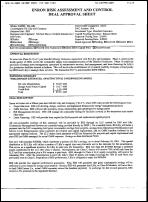
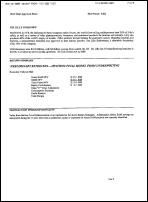
It became clear that even the highly speculative energy contracts EES signed in 2001 could not mask the division's true financial condition, one of the sales executives who worked on the Lilly deal said.
So White and Pai, with Skilling's blessing, suggested that the division be moved into Enron's lucrative wholesale group in order to conceal EES' losses under the profits made by Enron wholesale.
The company didn't try to hide the move, reporting in its first- quarter 2001 financial statements that EES's risk- management activities were to be handled by Enron'sm wholesale group.
Shifting EES's operations from one unit to another in Enron was not illegal, according to several Wall Street analysts, but not disclosing the true reason for the transfer could be a violation of accounting rules.
In a footnote to its earnings summary released April 16, 2001, Enron said it restated EES's revenues for 2000 without the previous benefits the risk-management operations brought. Before the restatement, EES had revenues of $4.6 billion in 2000, but with risk- management gone, they were just $1.7 billion - nearly $3 billion less.
- Jason Leopold 11/5/2002
Owens
Corning Documents
Click On Each Thumbnail For
Full Versions
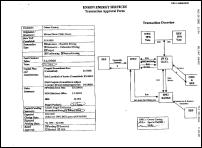
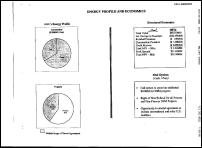
"Basically what the documents show is the process we went through in describing a transaction, how we created the appearance of a profit and how a deal was sent up the ladder to be approved," said one former EES executive who worked on one of the three off-the-books energy contracts.
"Where Enron pushed the envelope is that many of these contracts are ones that usually would have been signed for one to three years, whereas EES would sign deals lasting 10 years and immediately book the projected revenue as profit. But there isn't a market that exists that far out that could accurately predict the revenue stream EES said it would be getting."
Once EES entered and formed a limited liability corporation to handle the partnership, the company would then sell its stake to a third party, such as a bank, for a profit, which is exactly what EES did in the case of Quaker Oats and Owens Corning, according to the former EES sales executive.
- Jason Leopold 11/5/2002
Quaker Oats
Documents
Click On Each Thumbnail For Full
Versions
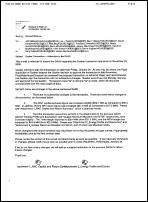
An Email To Thomas White & Jeff Skilling
Re: The Quaker Oats Transaction
©
Copyright Notice - While copyright is asserted to the above
material, re-use on the internet or otherwise is expressly
authorised and in fact encouraged, providing Jason Leopold
is credited as the source. Jason Leopold is a freelance
journalist based in California, he is currently finishing a
book on the California energy crisis. He can be contacted at
jasonleopold@hotmail.com.
His services are available for any publications/reporters
who wish assistance in interpreting these documents, please
contact the author
by email or by phone (++1) 310-551-9940.


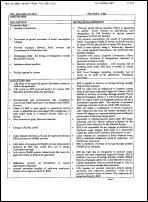
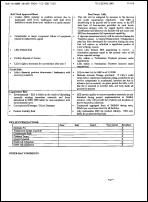
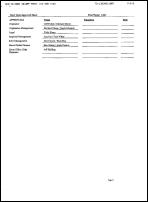
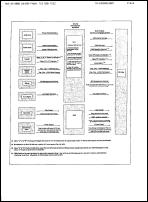
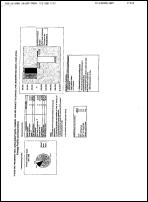
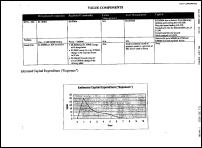
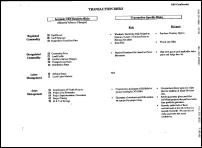
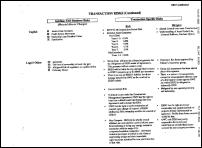
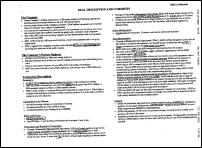
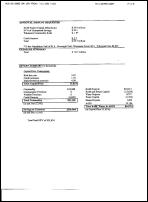
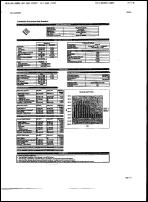
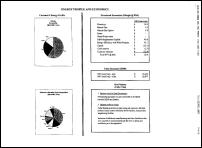

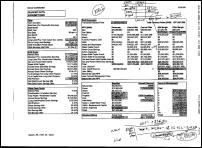
 Richard S. Ehrlich: Deadly Border Feud Between Thailand & Cambodia
Richard S. Ehrlich: Deadly Border Feud Between Thailand & Cambodia Gordon Campbell: On Free Speech And Anti-Semitism
Gordon Campbell: On Free Speech And Anti-Semitism Ian Powell: The Disgrace Of The Hospice Care Funding Scandal
Ian Powell: The Disgrace Of The Hospice Care Funding Scandal Binoy Kampmark: Catching Israel Out - Gaza And The Madleen “Selfie” Protest
Binoy Kampmark: Catching Israel Out - Gaza And The Madleen “Selfie” Protest Ramzy Baroud: Gaza's 'Humanitarian' Façade - A Deceptive Ploy Unravels
Ramzy Baroud: Gaza's 'Humanitarian' Façade - A Deceptive Ploy Unravels Keith Rankin: Remembering New Zealand's Missing Tragedy
Keith Rankin: Remembering New Zealand's Missing Tragedy